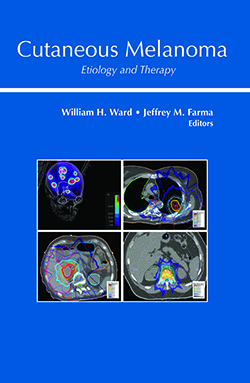Clinical Presentation and Staging of Melanoma
Main Article Content
ABSTRACT
Cutaneous melanoma is responsible for the vast majority of skin cancer-related deaths in the United States. Known risk factors include genetic defects, environmental exposures, and a combination of both. Among environmental risks, exposure to ultraviolet rays is the most important and the most modifiable risk factor. Several genetic syndromes involve increased risk of melanoma, including xeroderma pigmentosum, familial atypical multiple moles and melanoma syndrome, BRCA2 mutation, and congenital melanocytic nevi. Although the necessity of implementation remains controversial, the most effective melanoma screening technique is the whole-body skin examination. Typically, melanoma lesions are incidentally discovered during routine skin examination using the “ABCDE” mnemonic. Once suspected, questions pertaining to the sites of potential metastasis should be asked and excisional or partial biopsy should be considered. The primary histologic subtypes of melanoma include superficial spreading, lentigo maligna, nodular, acral lentiginous, desmoplastic, and amelanotic. Melanoma staging is completed via clinical and histologic assessment using the American Joint Committee on Cancer TNM system. Delayed or deficient elements of initial melanoma evaluation can limit patient outcomes and increase disease-related mortality. Clinicians involved in the diagnosis or treatment of cutaneous melanoma must be familiar with the available screening options, key steps of diagnosis, and the staging ramifications of disease discovery.
Downloads
Metrics
Article Details

This work is licensed under a Creative Commons Attribution-NonCommercial 4.0 International License.
Copyright of individual chapters belongs to the respective authors. The authors grant unrestricted publishing and distribution rights to the publisher. The electronic versions of the chapters are published under Creative Commons Attribution-NonCommercial 4.0 International (CC BY-NC 4.0). Users are allowed to share and adapt the chapters for any non-commercial purposes as long as the authors and the publisher are explicitly identified and properly acknowledged as the original source. The books in their entirety are subject to copyright by the publisher. The reproduction, modification, republication and display of the books in their entirety, in any form, by anyone, for commercial purposes are strictly prohibited without the written consent of the publisher.

